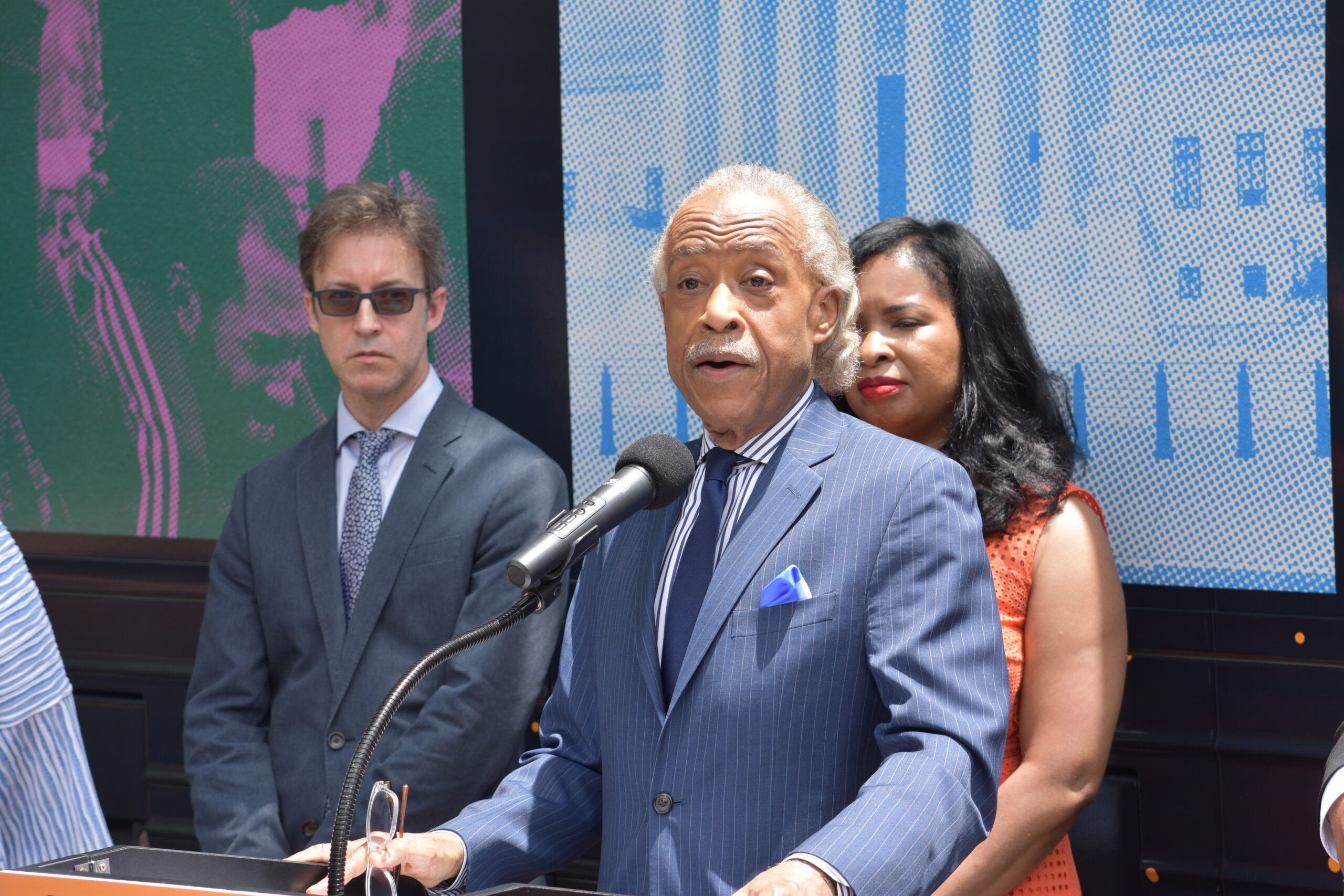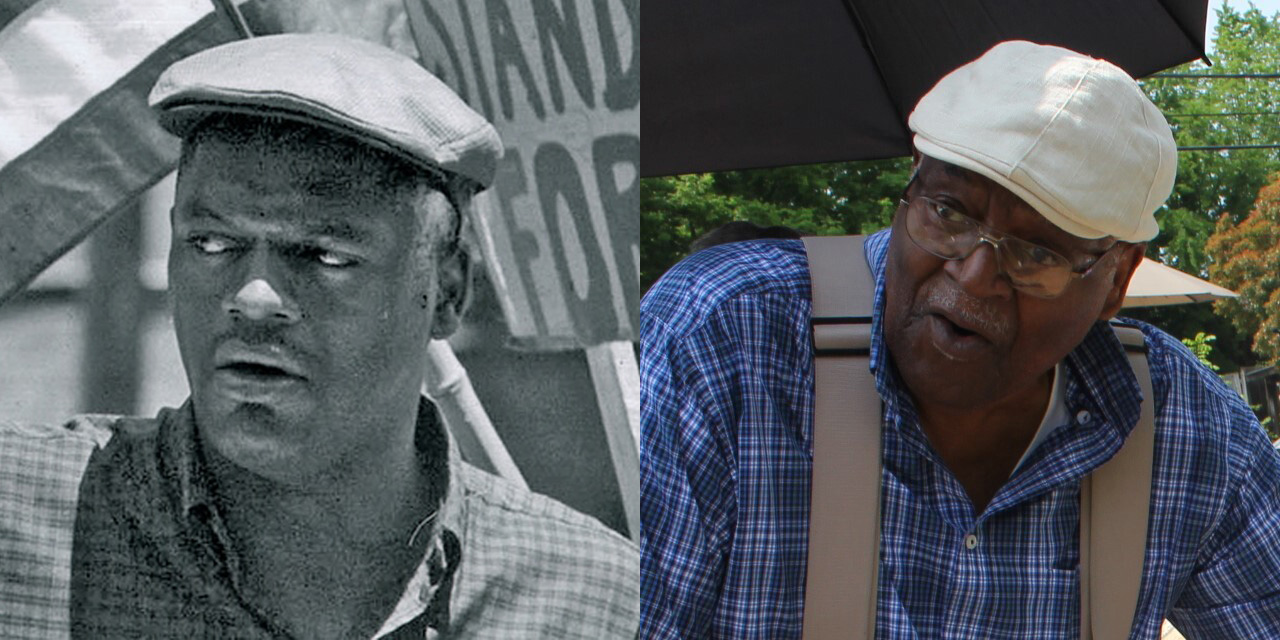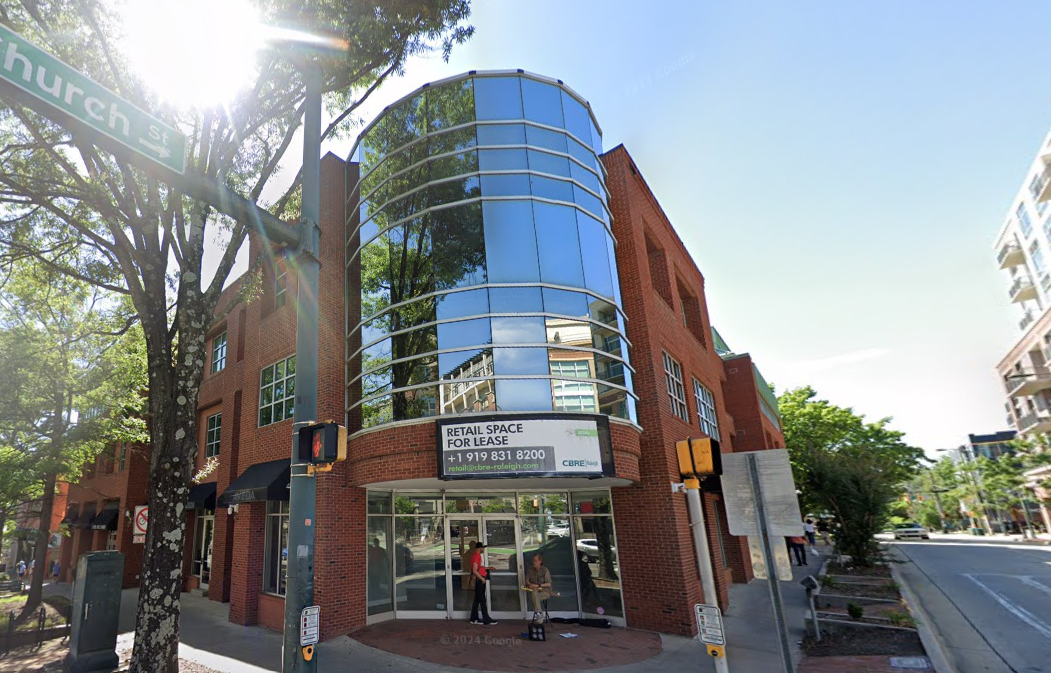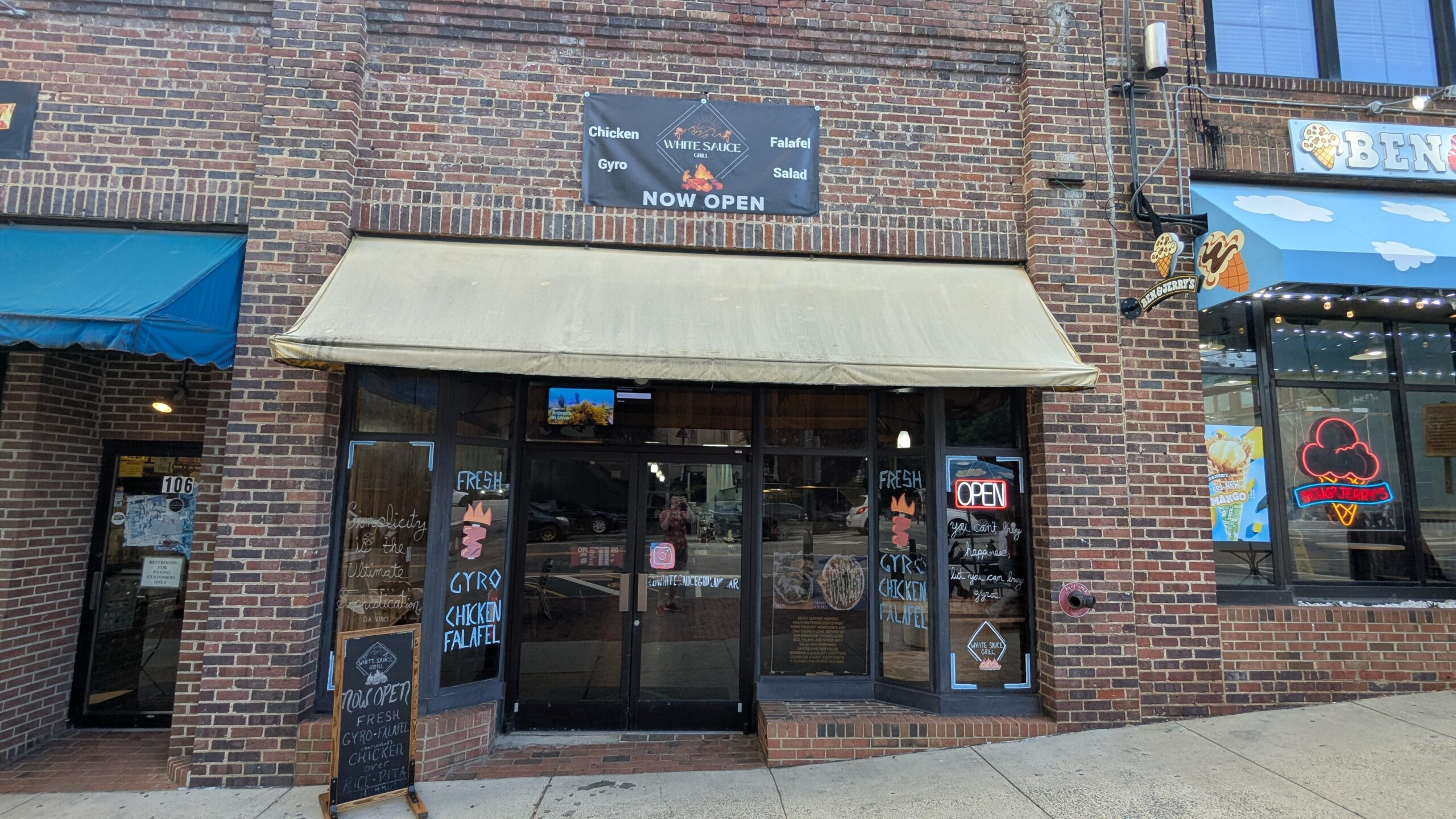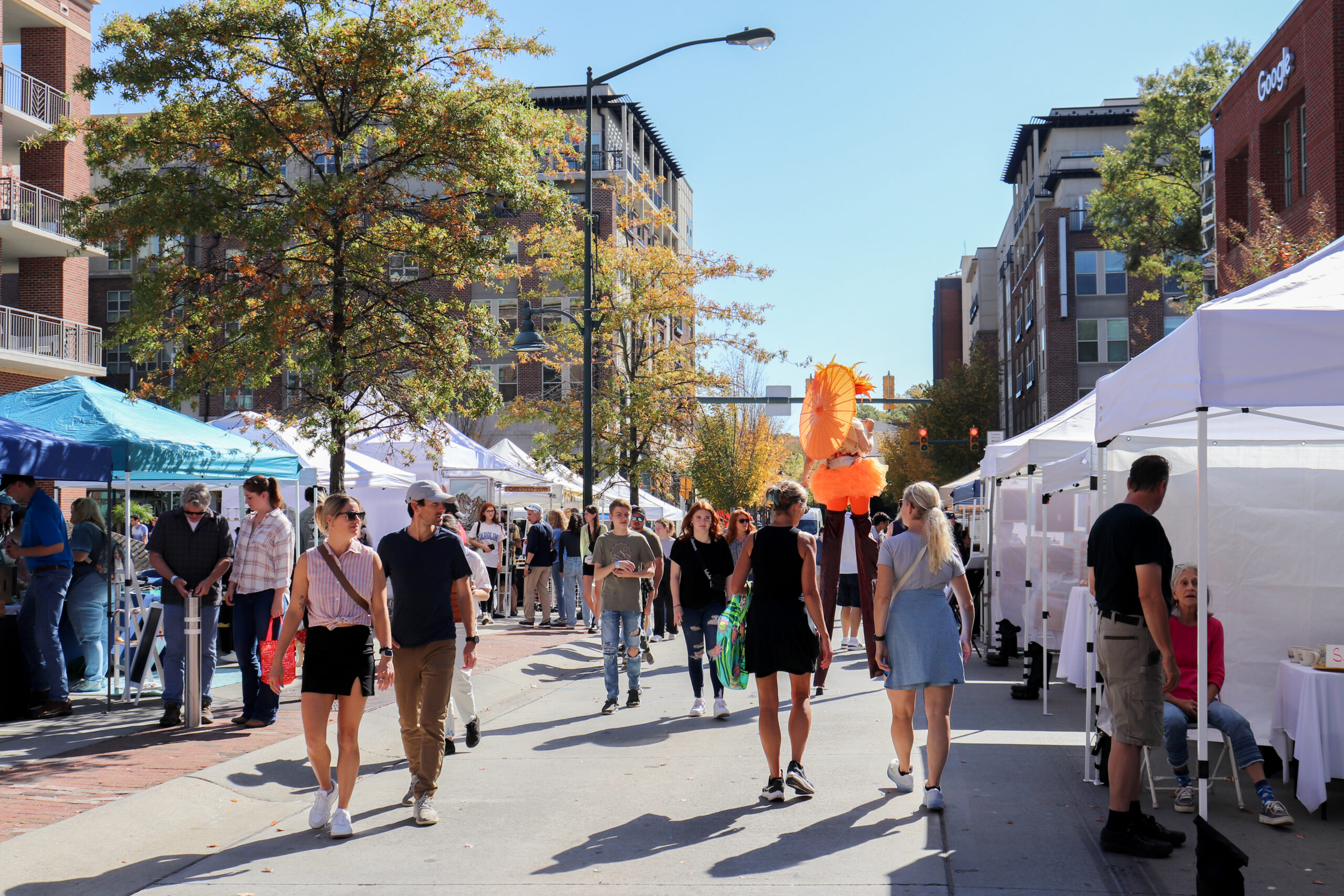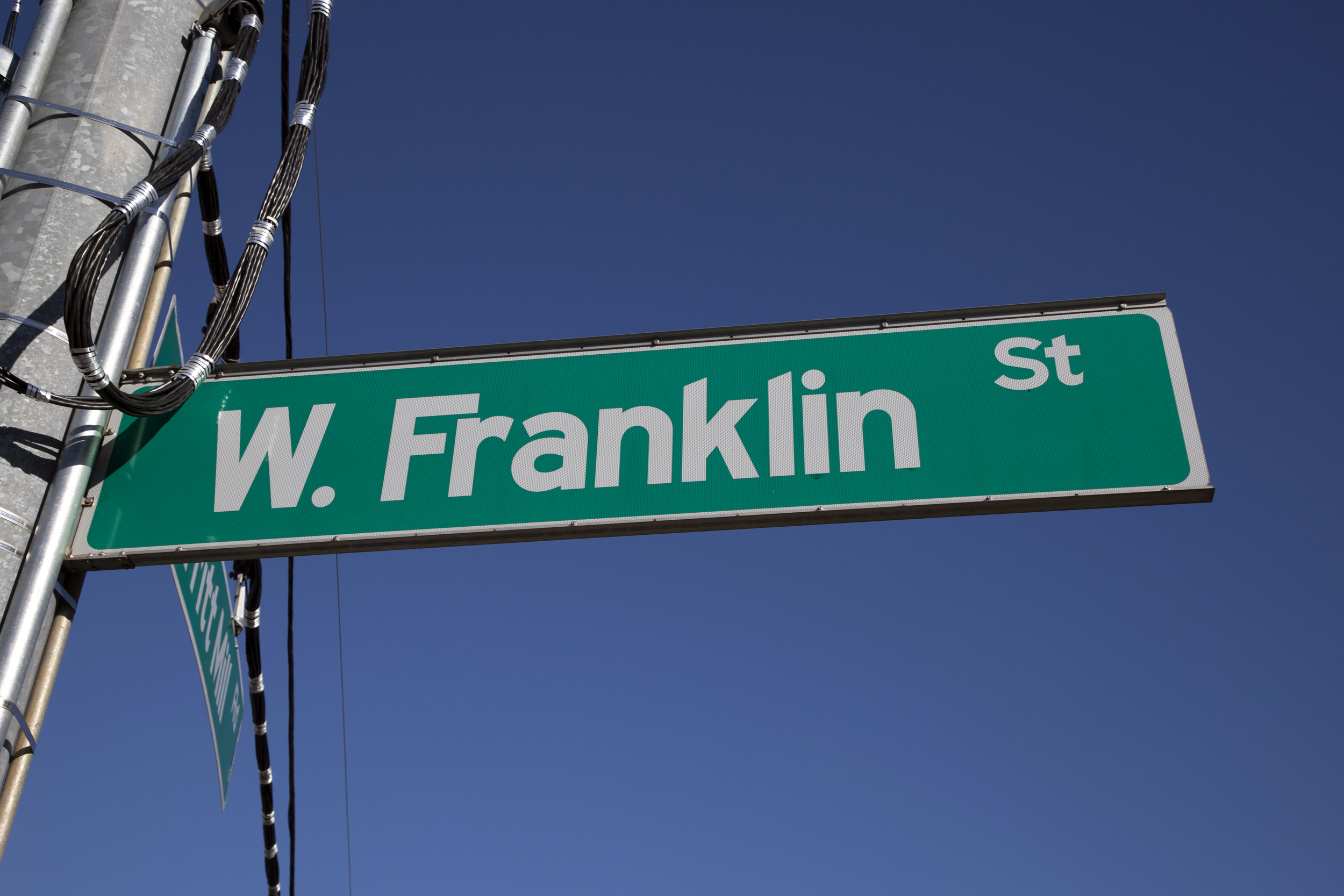“This is my first time back in here,” he said, pausing for a moment to reflect. “I’m comfortable with it [now] because I’ve seen so many changes over the years. I’m pretty glad to see this day.”
Merritt said he remembers the drug store, which is now the West End Wine Bar on Franklin Street, being right on the edge of the black neighborhood in Chapel Hill. He and his friends from the Northside neighborhood would frequently go there, but service was limited.
“You could be served, but you weren’t allowed to sit down,” said Merritt. “This establishment was owned by a proprietor who lived in the black neighborhood. It was disappointing when he wouldn’t allow us to sit down because we grew up with him being in the neighborhood.”
Merritt, his older brother Clarence and seven other young black men from Lincoln High School decided after church on the afternoon of February 28, 1960, to sit down and demand service at the drug store. While they were escorted out by police and later charged with trespassing, their actions brought the civil rights movement to Chapel Hill.
To honor them, the Town of Chapel Hill has spent more than a year working on a symbol to honor the group’s action. At the unveiling ceremony on Friday, which was the 60th anniversary of the sit-in, Merritt and the three other living members of the Chapel Hill Nine saw the permanent reminder of their bravery.
Jonathan Weaver is the son of Earl Geer, one of the nine. Despite his father’s passing seven years ago, Weaver brought his family down from Virginia to attend the ceremony. He described many of the other men as “his uncles” and said they often used to discuss history together and what growing up in segregation was like.
“History is really one-sided a lot of the times,” said Weaver. “There’s another story to be told when you look down and see how it really unfolded.”
That is one of the reasons Weaver said he’s grateful to the Town of Chapel Hill for creating something to display the Chapel Hill Nine’s sit-in.
“It’ll be here for all the other people that want to stand up for things they believe in,” he said. “To look and be able to see young high school students, to show the courage they showed, hopefully that will inspire others to do the same.”
The new marker itself sits outside on the sidewalk, standing about chest high with a stone base evoking the rock walls of the Northside neighborhood. Durham artist Stephen Hayes designed the piece, choosing to feature documentary photography from the sit-in, as well as newspaper headlines about the event. The Chapel Hill Nine’s names and ages in 1960 are featured prominently.
Chapel Hill Mayor Pam Hemminger created the historical task force that requested a marker be made in the group’s honor. As she spoke at the unveiling ceremony, she expressed how much the Chapel Hill Nine’s actions influenced activism within the community.
“We make huge changes when our children stand up for what’s not right,” said Hemminger. “You put yourself in harm’s way because you were willing to say, ‘This is not right and this has to stop.’ The community is eternally grateful to you for helping shape who we are. As former mayor Howard Lee likes to say, we’re growing better together but we have to do it together.”
Merritt said the sit-in will be something he’ll never forget. But he said he recently felt its impact again when he and his wife saw all the diversity in the town and around UNC’s campus.
“Change has come about,” said Merritt, “and I’m happy about it.”


